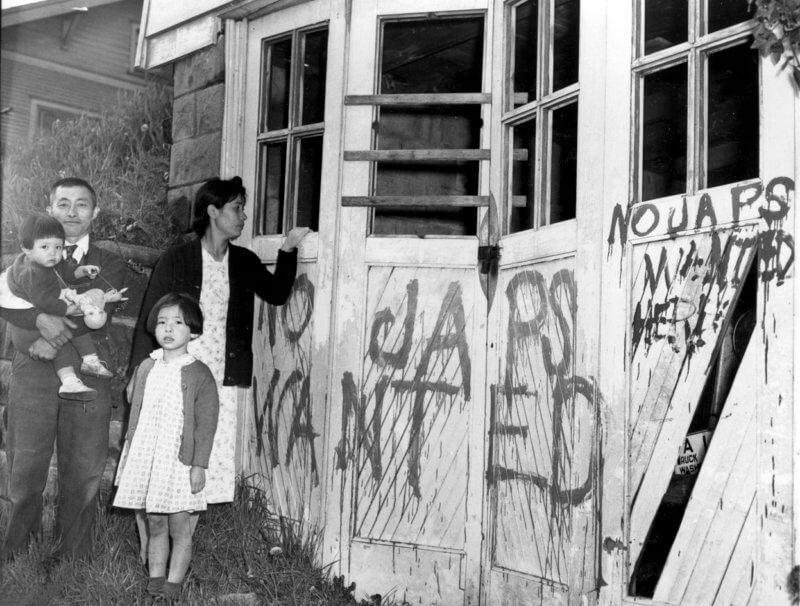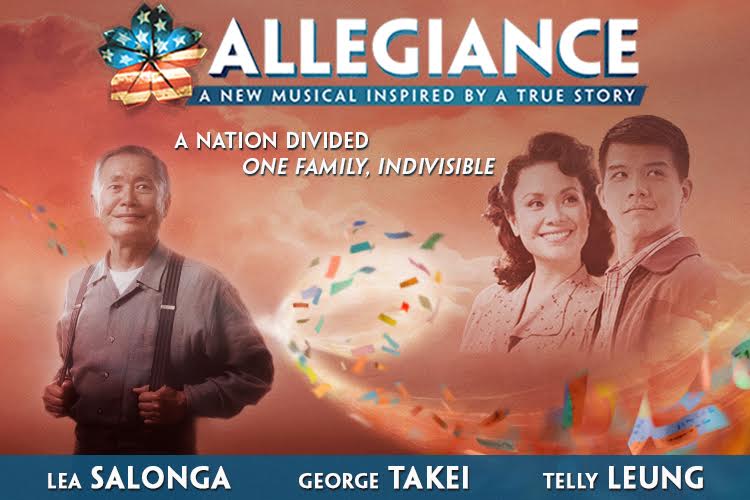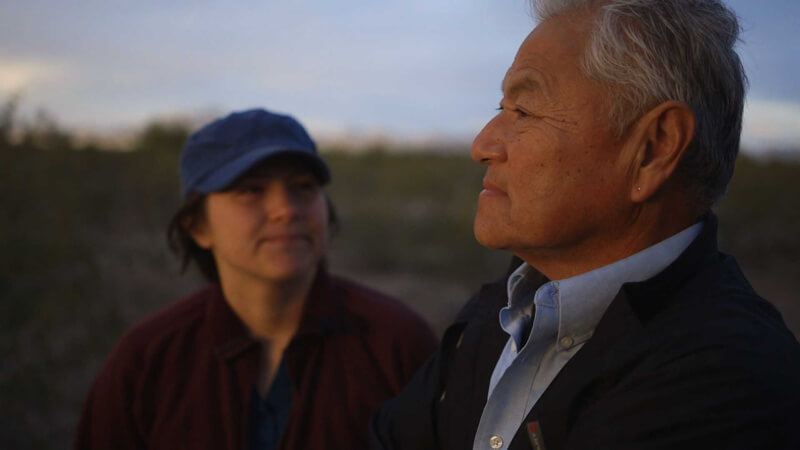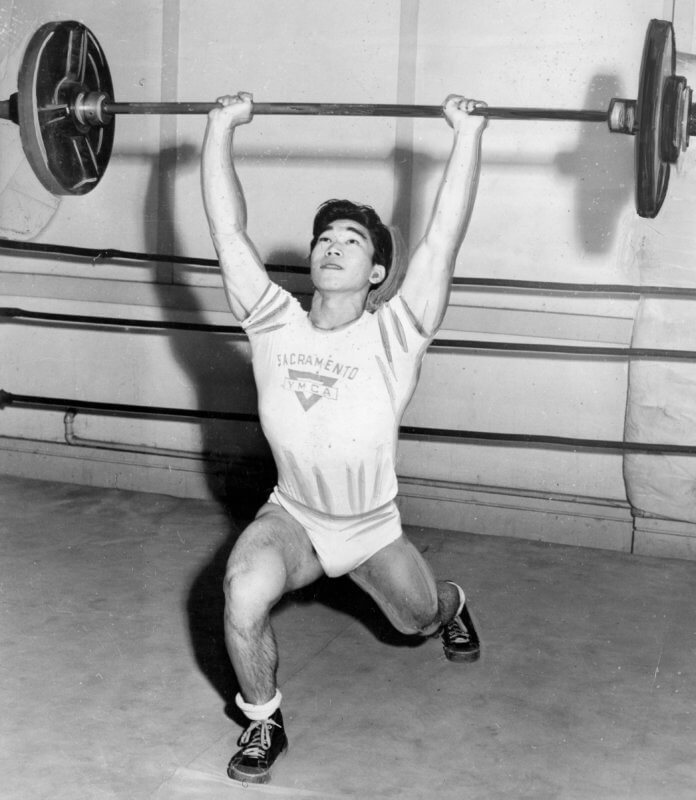
(Photo courtesy of the Center for Sacramento History Sacramento Bee Archives)
I’ve been watching the Olympics when I get tired of obsessing about the presidential campaigns. I’ve been a fan of the Olympic games since I was just a kid – I remember vividly watching the 1964 games in Tokyo when my family lived in Japan.
I was not quite 7 years old at the time, and the coolest part of that year’s competition was that my dad took the whole family on a day trip on the new “Shinkansen” Bullet Train, the fastest in the world, from Tokyo to Osaka and back. I remember the hubbub over the Olympics because Japan was even more hyped about that year than the Tokyo games coming up in 2020.
In October of 1964, Japan was to host its first-ever Summer Olympics. The honor was originally scheduled for 1940, but those games had been first oved to Helsinki, then cancelled entirely because of the conflict already engulfing Europe and the tensions with Japan over its invasion of China, a major step towards the start of World War II in 1941.
After its defeat in 1945, Japan had been focused on rebuilding and modernizing, and by 1964, the country was ready to show itself off as a member of the world’s first tier of nations. Facilities including an iconic stadium were built, and the entire country, not just the city, was abuzz with anticipation.
We didn’t see any of the games live, but I remember we watched every day on our flickering black and white television sets.
Later from the US, we watched the 1972 Winter Olympics which were held in Sapporo, Japan – the first winter games to be held in Japan. My mom is from Hokkaido, the prefecture where Sapporo is, so we were glued to the (color) TV for those games.
The Olympics is a showcase of the world’s greatest athletes, but let’s face it, it’s also a chance for all of us to feel proud of our own countries (or countries where we have roots). There’s an element of patriotism that creeps close to nationalism. I’m proud of the US athletes who’ve medaled in Rio de Janeiro, especially the athletes of color who are making their mark on the world stage, or track, or court, or pool. And who isn’t amazed by Michael Phelps, who’s overcome personal adversity to extended his legacy to retire on top of the swimming world?
But fame is fleeting, and some of the greatest athletes in the world can become forgotten heroes over time.
How many people know the name Tommy Kono today? A Nisei athlete who was unknown at the 1952 Olympics in Helsinki, he won the Gold in weightlifting and set a new Olympic record while he was at it – by 20 pounds more than his closest rival, from Russia. But today?
When TV reporter Ryan Yamamoto saw the name Tommy Kono in 2012, he wondered, “who?”
Unfortunately, most people today might ask the same question about Tommy Kono. But thanks to Yamamoto and his wife and fellow TV reporter Suzanne Phan, Kono’s legacy has been captured in a half-hour documentary, “Arnold Knows Me: The Tommy Kono Story,” that’s making the rounds this month on PBS stations across the country, just in time for the Rio Summer Olympics.
Continue reading →
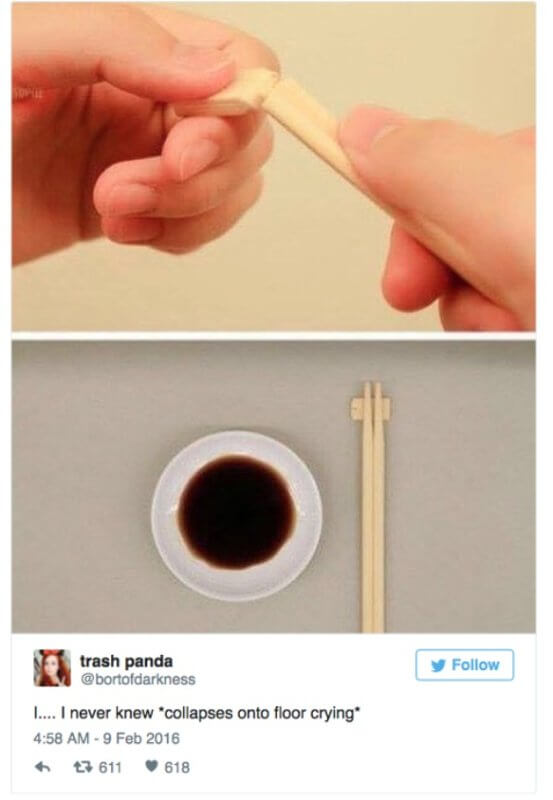 Here’s a query from Facebook, where someone shared a story about how the blocky end tips of disposable chopsticks are meant to be snapped off and used as chopstick holders on your table (image to the right).
Here’s a query from Facebook, where someone shared a story about how the blocky end tips of disposable chopsticks are meant to be snapped off and used as chopstick holders on your table (image to the right).




